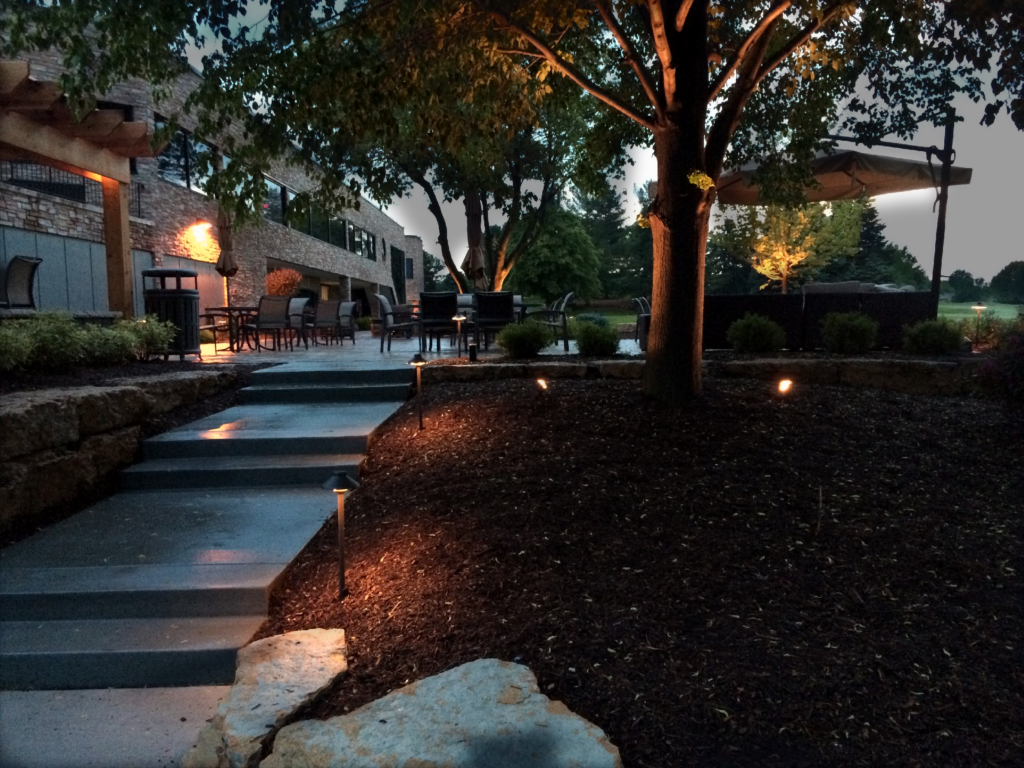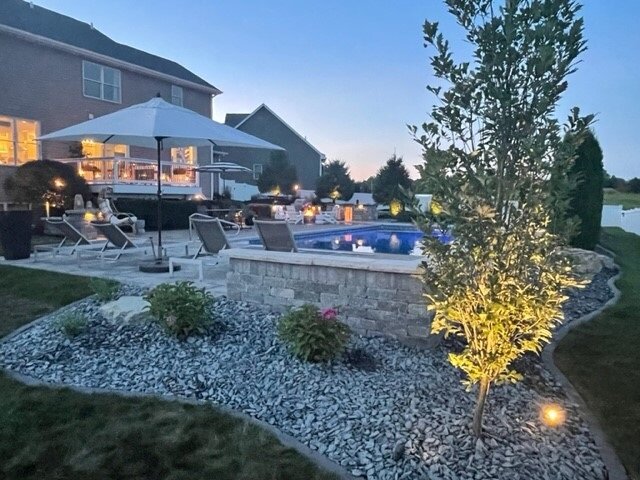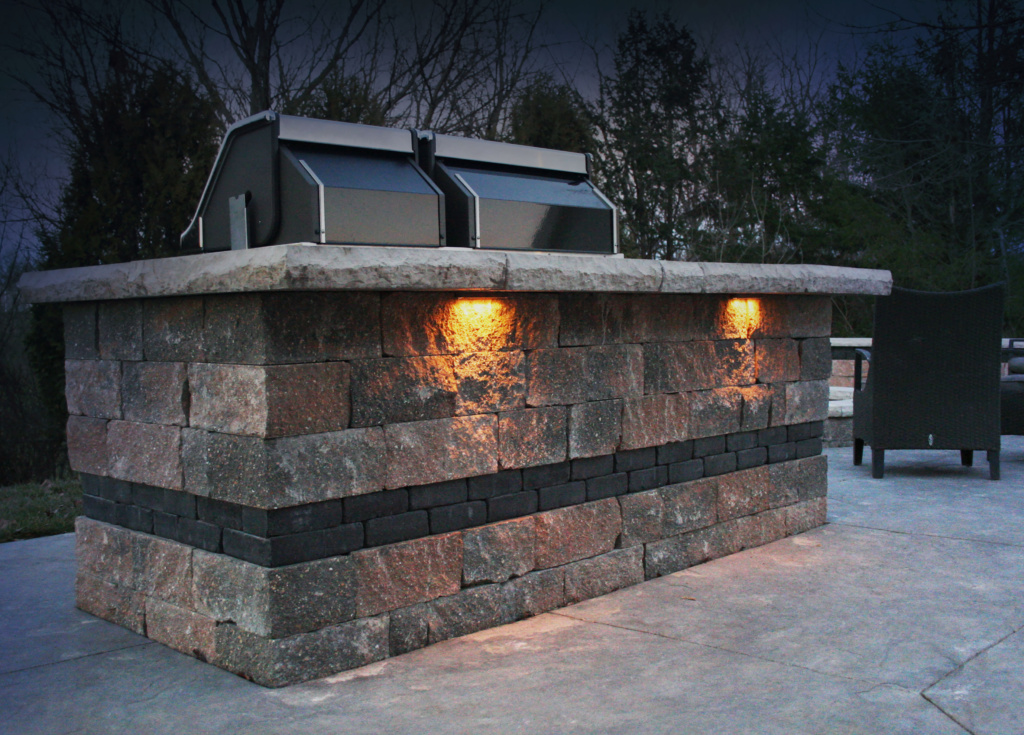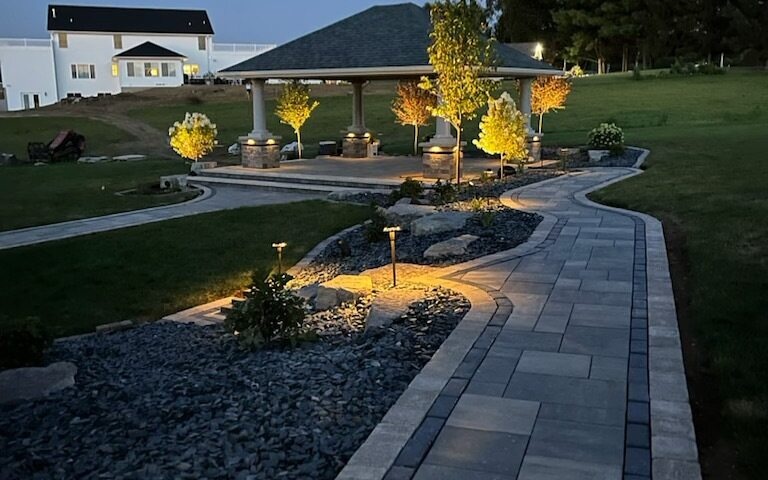Outdoor lighting plays a pivotal role in transforming your outdoor space into a functional, safe, and inviting oasis. Beyond its practical benefits, well-planned outdoor lighting can enhance the aesthetics of your landscape, highlight architectural features, and create captivating nighttime ambiance. In this guide, we’ll delve into the art of outdoor lighting design, exploring various techniques, fixtures, and tips to illuminate your outdoor haven effectively.
Assessing Your Outdoor Space
Firstly before diving into outdoor lighting design, assess your outdoor space’s layout, features, and focal points. Identify areas that require illumination for safety, such as pathways, stairs, and entrances, and areas for ambiance, like patios, decks, gardens, and water features and envision how lighting could help.
Types of Outdoor Lighting Fixtures
Explore the different types of outdoor lighting fixtures available, including path lights, spotlights, floodlights, wall-mounted sconces, deck lights, and string lights. Each type serves a specific purpose, from accentuating plants and trees to creating a warm glow for entertaining.

Layered Lighting Design
Adopt a layered lighting approach by combining ambient, task, and accent lighting. Ambient lighting provides overall illumination, task lighting offers focused light for specific activities, and accent lighting adds drama and highlights key features like sculptures, trees, or architectural elements.

Choosing the Right Bulbs
Select energy-efficient LED bulbs for outdoor lighting, as they consume less energy, have a longer lifespan, and come in various color temperatures to create different moods. Opt for warm white or soft white bulbs for a cozy ambiance and cool white or daylight bulbs for enhanced security and visibility. You can learn more about the benefits of choosing LED lighting here!
Highlighting Key Features
Use outdoor lighting to accentuate your landscape’s key features, such as specimen plants, water features, outdoor kitchens, seating areas, and pathways. Experimenting with uplighting, downlighting, and cross-lighting techniques will help create depth and visual interest.

Creating Zones and Layers
By dividing your outdoor space into zones and layers of lighting, this will help to cater to different activities and moods. When you Incorporate dimmers and smart lighting controls to adjust the intensity and color of light, this allows for flexibility and also customization.
Safety and Security Considerations
Ensure adequate lighting for pathways, stairs, and entrances to prevent trips and falls. Install motion sensor lights for added security and deterrence against intruders. Overall you’ll want to aim to strike an equal balance between functional lighting and aesthetic appeal.
Maintenance and Upkeep
Finally be sure to regularly inspect and maintain outdoor lighting fixtures, cleaning lenses, replacing bulbs, and adjusting angles as needed. Consider professional maintenance services to ensure optimal performance and longevity of your outdoor lighting system.
By following these outdoor lighting design principles and techniques, you can create a captivating and inviting outdoor environment that extends your living space into the night. Illuminate your outdoor oasis with strategic lighting solutions that enhance beauty, functionality, and safety, allowing you to enjoy your outdoor haven year-round. View our work for lighting inspiration and contact us with any questions on how to help illuminate your outdoor oasis. We’re here to help!

